LI: to write a cinquain poem to describe Matariki
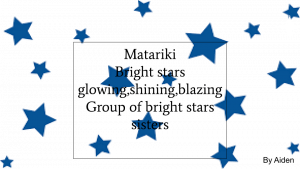
LI: to write a cinquain poem to describe Matariki

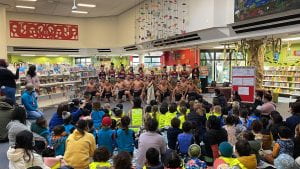
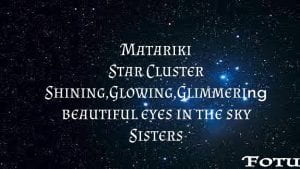
LI: To identify how authors use language features to create mood and atmosphere in a text.
We have been exploring the ways writers use words to create mood and atmosphere in a text. You can see the ways the author used different language features to create mood and atmosphere in this text by looking at the examples we have highlighted and explained in our DLO. I found this challenging because we had to define different words that we didn't know that were related to mood and emotion.
LI: To write a cinquain poem to describe Matariki.
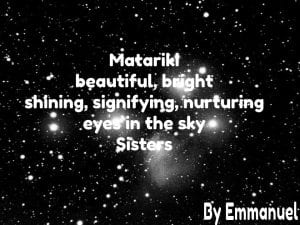
This week we have been exploring the world of Matariki. Our challenge today was to write a cinquain poem to help us strengthen our connections to a description that describes Matariki. A cinquain poem has 5 lines. Each line has a different purpose. Line 1 is a noun which is a name. Line 2 has 2 adjectives that describe the noun. Line 3 has 3 verbs that end in ‘ing’ and describe the actions. Line 4 is a noun phrase which is a group of words (not a sentence) that go together to describe the noun. Line 5 is a synonym which is a word with a similar meaning to the noun.
LI: To write a cinquain poem to describe Matariki
LI: To create a poem that connects with your ancestors, by asking questions

LI: To write a cinquain poem to describe Matariki
Our challenge today was to write a cinquain poem to help us strengthen our connections to description that describes Matariki. A cinquain poem has 5 lines. Each line has a different purpose. Line 1 is a noun which is a name. Line 2 has 2 adjectives that describe the noun. Line 3 has 3 verbs that end in ‘ing’ and describe the actions. Line 4 is a noun phrase which is a group of words (not a sentence) that go together to describe the noun. Line 5 is a synonym which is a word with a similar meaning to the noun.
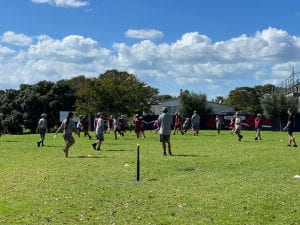
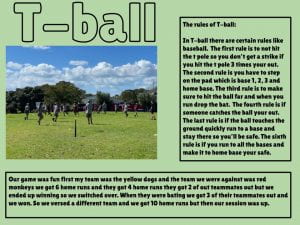
Our tasks are being focused around the Matariki New Year. For the past weeks we have been writing about information about the Maori New Year Matariki. We also made a slideshow based on information and facts about Matariki. Something I learnt during this task was that Matariki was a star cluster, I also learnt that Matariki means eyes of god and Marariki means little eyes, another fact I learnt about Matariki is that it is one of the closest star clusters to earth. I found this activity interesting because I learnt many things about Matariki that I wasn’t aware of before. Link to the slideshow
LI: To write a cinquain poem to describe Matariki
This week we have been exploring the world of Matariki. Our challenge today was to write a cinquain poem to help us strengthen our connections to description that describes Matariki. A cinquain poem has 5 lines. Each line has a different purpose. Line 1 is a noun which is a name. Line 2 has 2 adjectives that describe the noun. Line 3 has 3 verbs that end in ‘ing’ and describe the actions. Line 4 is a noun phrase which is a group of words (not a sentence) that go together to describe the noun. Line 5 is a synonym which is a word with a similar meaning to the noun.
This week, the Kapa Haka pupils from PBS went to the Panmure Library and perform to the little kids from three different kindergarten. We performed our school Haka for the very first time and introduced our (Chisa & I) wore the Maori korowai. I found this experience exciting because I performed for the first and I got to introduce the school Haka for the very first time.


LI: To identify how authors use language features to create mood and atmosphere in a text